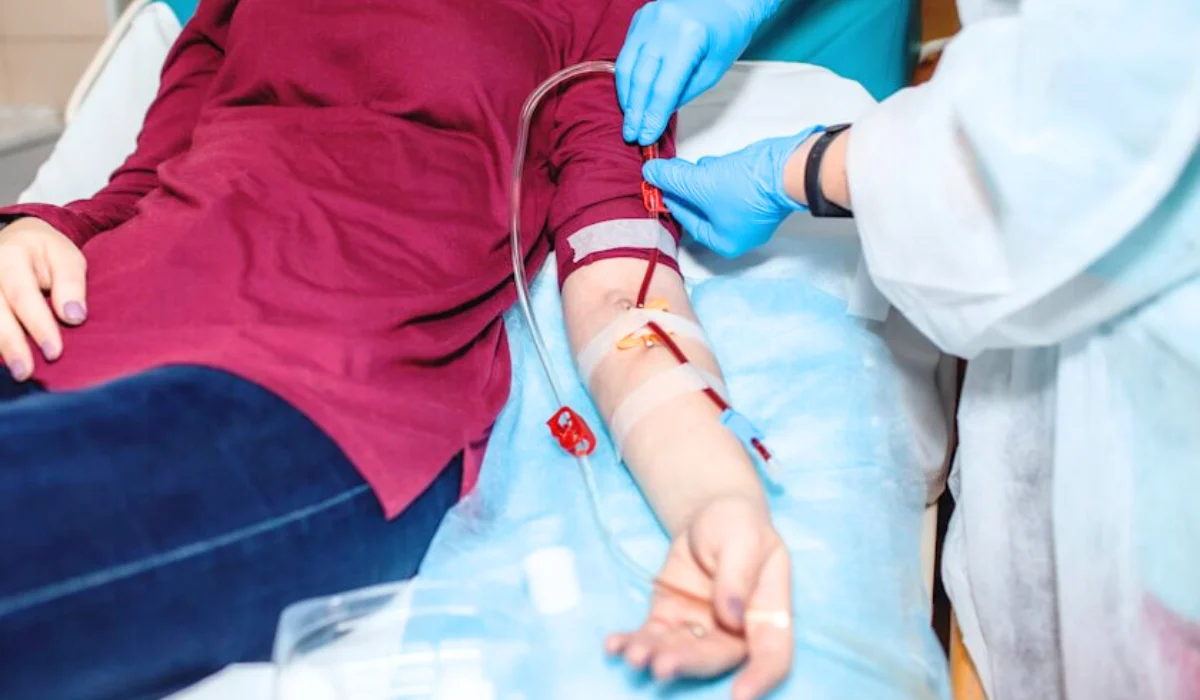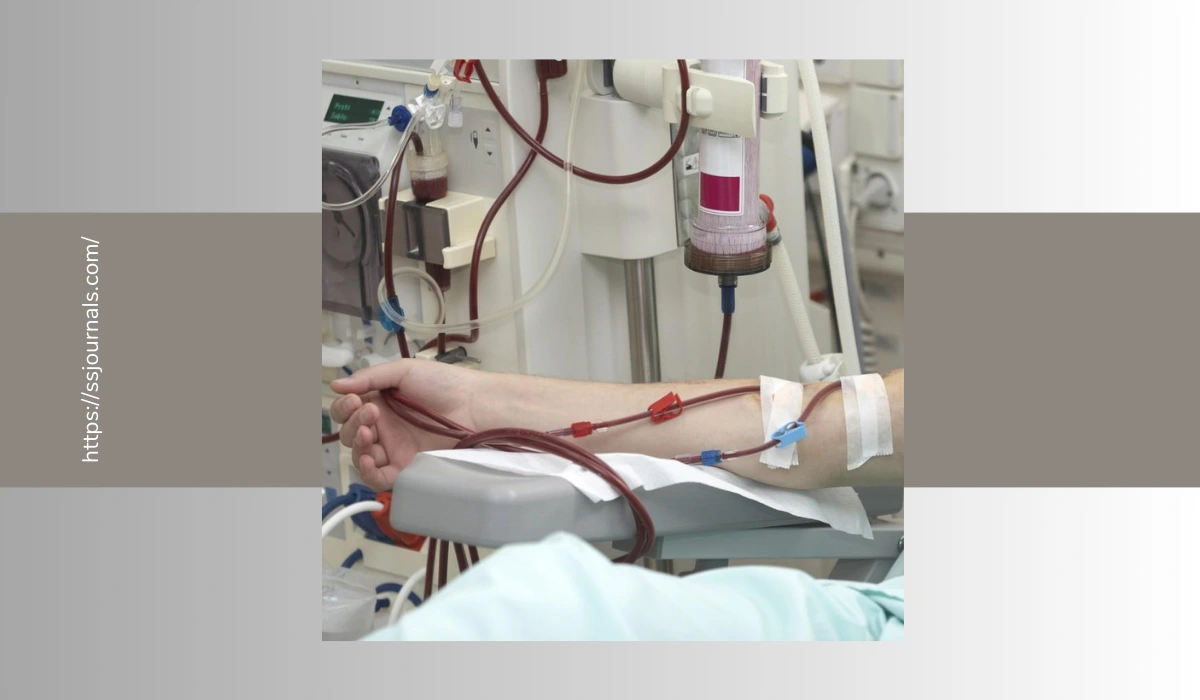Have your kidneys been diagnosed as a failure and you are prescribed dialysis for the rest of your life? This is a common condition that has been taking over the world and we need more medical research on it. There are instances where kidneys do not work how they are supposed to and this can lead to dialysis.
Dialysis helps to keep your blood purified and clean, contributing to overall body functioning. In this blog, we are going to dive deep into the world of dialysis, who needs dialysis, and the major causes of the death of dialysis patients. So, if you know someone whose kidneys have failed, or know someone who has, this blog is for you.
Why Do People Need Dialysis And Its Types?

People with kidney failure or damage may have difficulty removing unwanted waste like salts, and water from their blood. Dialysis is one way to accomplish this process. Dialysis changes the natural function of the kidney, so it is also called renal replacement therapy (RRT).
The kidneys remove waste materials from the body and control the amounts of water and minerals in it. The kidneys also secrete some important substances for metabolism, but dialysis cannot do this. People who have lost 85 to 90 percent of their kidney function may be candidates for dialysis. Approximately 14% of the US population is thought to have chronic kidney disease (CKD).
3 Major Types Of Dialysis
There are three major types of dialysis that a person can get.
1. Intermittent Hemodialysis
In hemodialysis, blood circulates outside the body. It passes through the machine with a special filter. Blood is drained from the patient’s body through flexible tubes called catheters. Insert the tube into the vein. Like the kidneys, filters remove waste products from the blood.
The filtered blood is returned to the patient through another catheter. The system works like an artificial kidney. Hemodialysis is usually done three times a week for 3 to 4 hours a day, depending on how well your kidneys are working and how much weight is gained during treatment.
2. Peritoneal Dialysis
Peritoneal dialysis is a sterile dialysate, rich in nutrients and glucose, delivered through a tube into the abdominal cavity, that is, the cavity around the intestines. It has a peritoneum, which is a semi-permeable membrane. Peritoneal dialysis uses the filtering capacity of the peritoneum abdominal lining to filter waste products from the blood.
The dialysate is kept in the peritoneal cavity for a while to allow the waste to be absorbed. Then drain from the tube and discard. This change or cycle is usually repeated several times a day and, thanks to technology, can also be done at night.
It takes longer and removes the same amount of waste, salt, and water as hemodialysis. It also gives patients more freedom and independence, as it can be done at home rather than going to the clinic several times a week.
3. Continuous Kidney Transplant Treatment
Dialysis can be interrupted or continued. While continuous dialysis can last up to 6 hours, continuous renal replacement therapy (CRRT) is designed for 24-hour use in the intensive care unit (ICU). There are many types of CRRT.
It may involve visualization or expansion. It is more effective than regular dialysis due to the slower removal of fluid. This reduces complications such as the occurrence of hypotension.
What causes sudden death in dialysis patients?
While dialysis is a major transformation and regular visits to the health care provider can be tiring, it also is fatal for survival. Stopping your dialysis treatments can ultimately lead to death. There are many causes of death in dialysis patients:
Heart disease
Heart problems are the leading cause of death in dialysis patients. Once the kidneys fail, inevitably, the heart fails too. Stress on the heart and blood vessels due to fluid and electrolyte deficiencies can lead to heart attack, stroke, and heart failure.
Weak Immune System
Dialysis patients become weaker and more prone to serious and life-threatening infections.
If left untreated, the infection can progress to sepsis, which is the body’s response to a serious infection and can lead to organ failure and death.
Dialysis-Related Complications
Hemodynamic instability, vascular access problems, and reactions to the dialysate during dialysis can be problematic. Vascular access sites used for dialysis, such as arteriovenous fistulas or grafts, may be subject to infection, occlusion, or other complications. Problems with access points can have serious consequences.
Metabolic Imbalance And Malnutrition
In the process of removing waste and excess fluids, dialysis can also result in an imbalance of electrolytes, minerals, and other nutrients. Additionally, due to food restrictions and loss of appetite, dialysis patients may suffer from malnutrition, making them susceptible to infections and other health problems. These health conditions can cause death.
Alternative Solution To Dialysis
Unfortunately, there are no alternative solutions to dialysis treatment. Since kidneys are a major part of the blood purifying mechanism, there is no other solution than getting your kidney replaced with a healthy one. There is research going on for implanting Bioartificial kidneys, which combine living cells with artificial components. This device will work just like the normal kidney but more effectively.
In 2018, researchers came up with an accomplishment of the idea of a Wearable Artificial Kidney (WAK). This device can be implanted and works as a normal kidney would function. It limits the risk of infection and the burdens of a kidney transplant for an individual with a failed kidney.
Conclusion
Dialysis is a life-saving procedure that replaces kidney failure. This may be due to kidney failure, chronic kidney disease, or other kidney problems. It helps restore fluid and electrolyte balance by filtering the blood. This maintains the harmony of body fluids and keeps things functioning.
In addition to access to the know-how of the treatment, treatment issues, risks, and problems should also be taken into account. Discuss the pros and cons of dialysis treatment with your doctor and ask which type of dialysis is best for your situation.

